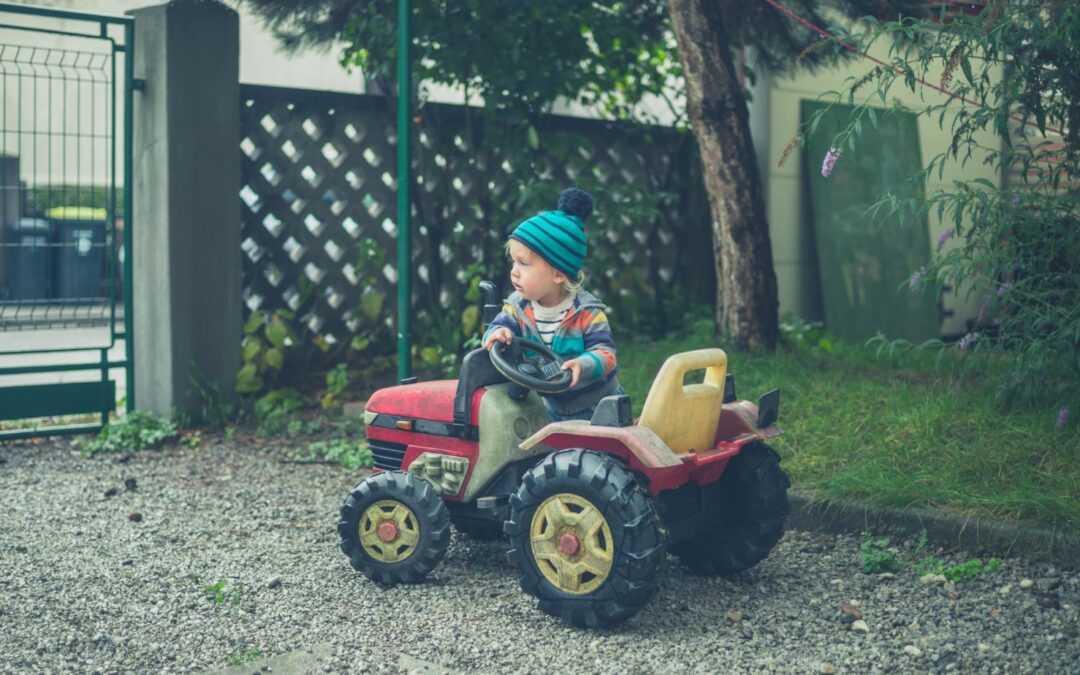As a parent, finding the right toys for toddlers can be both exciting and challenging. When it comes to toy airplanes for toddlers, there are several factors to consider. Safety is of utmost importance, so selecting toys that are age-appropriate and made from non-toxic materials is essential.
Toy airplanes designed specifically for toddlers offer a fantastic way to engage their imagination and develop important skills. These toys often come with colorful designs and easy-to-grasp features that help enhance fine motor skills. Additionally, some toy airplanes may have interactive elements like buttons or sounds that introduce little ones to cause-and-effect relationships.
When choosing a toy airplane for your toddler, it’s crucial to consider their developmental stage and interests. Some children may prefer simple push-along planes, while others might enjoy remote-controlled models that allow them to explore the concept of flight control. By understanding your child’s preferences, you can select a toy airplane that will provide hours of entertainment and educational value.
Toy Airplanes for Toddlers
When it comes to choosing toy airplanes for toddlers, safety should always be a top priority. Here are some key considerations to keep in mind:
- Size and Design: Opt for toy airplanes that are specifically designed for toddlers, with rounded edges and no small parts that could pose a choking hazard.
- Non-Toxic Materials: Ensure that the toy is made from child-safe materials, free of any harmful chemicals or toxins. Look for labels such as “BPA-free” and “phthalate-free.”
- Sturdy Construction: Check if the airplane is well-built and durable enough to withstand rough play without breaking easily. Avoid models with sharp or protruding parts that could potentially injure your child.
- Certifications: Look out for certifications such as ASTM (American Society for Testing and Materials) or CPSC (Consumer Product Safety Commission), which indicate that the product has undergone rigorous testing and meets safety standards.
By considering safety, material and durability, as well as age appropriateness when selecting a toy airplane for your toddler, you can provide them with an engaging and safe play experience that fosters their development while sparking their imagination.
Material and Durability
The choice of materials used in toy airplanes can greatly impact their durability and longevity. Here’s what you need to know:
- Plastic vs Wood: Plastic airplanes are lightweight, easy to clean, and often more affordable. On the other hand, wooden airplanes tend to have a classic look, are more eco-friendly, and may offer better durability.
- Quality of Construction: Regardless of the material chosen, pay attention to the overall construction quality. Check if the wings are securely attached, wheels roll smoothly, and any moving parts function properly without any sharp edges.
- Reviews and Recommendations: Reading customer reviews can provide valuable insights into how well a particular toy airplane holds up over time. Look for feedback on durability from parents who have already purchased the product.

Age Appropriateness
Consider your toddler’s age when selecting a toy airplane to ensure it is suitable for their developmental stage:
- Simplicity: For younger toddlers, opt for simpler toy airplanes with easy-to-grasp features and basic functionality. These can help develop fine motor skills and hand-eye coordination.
- Interactive Features: As toddlers grow older, they may enjoy toy airplanes with interactive elements such as buttons that produce sounds or lights. These can enhance their imaginative play and cognitive development.
- Complexity: Older toddlers who have a better understanding of cause-and-effect relationships might benefit from more complex toy airplanes that allow them to manipulate different parts or engage in pretend play scenarios.
Remember, every child develops at their own pace, so it’s important to choose a toy airplane that aligns with your toddler’s individual abilities and interests.
Jessica has a flair for writing engaging blogs and articles. She enjoys reading and learning new things which enables her to write different topics and fields with ease. She also strives to break down complex concepts and make them easy for anybody to comprehend.





